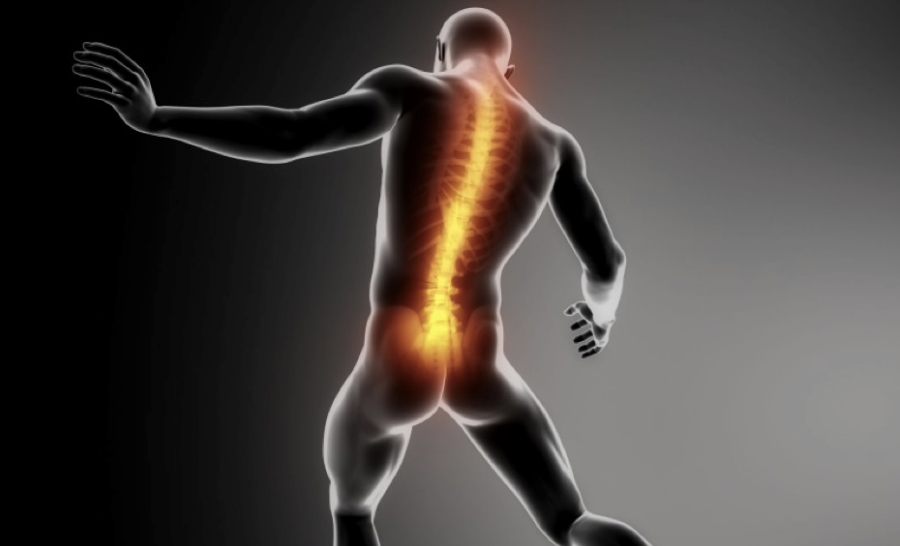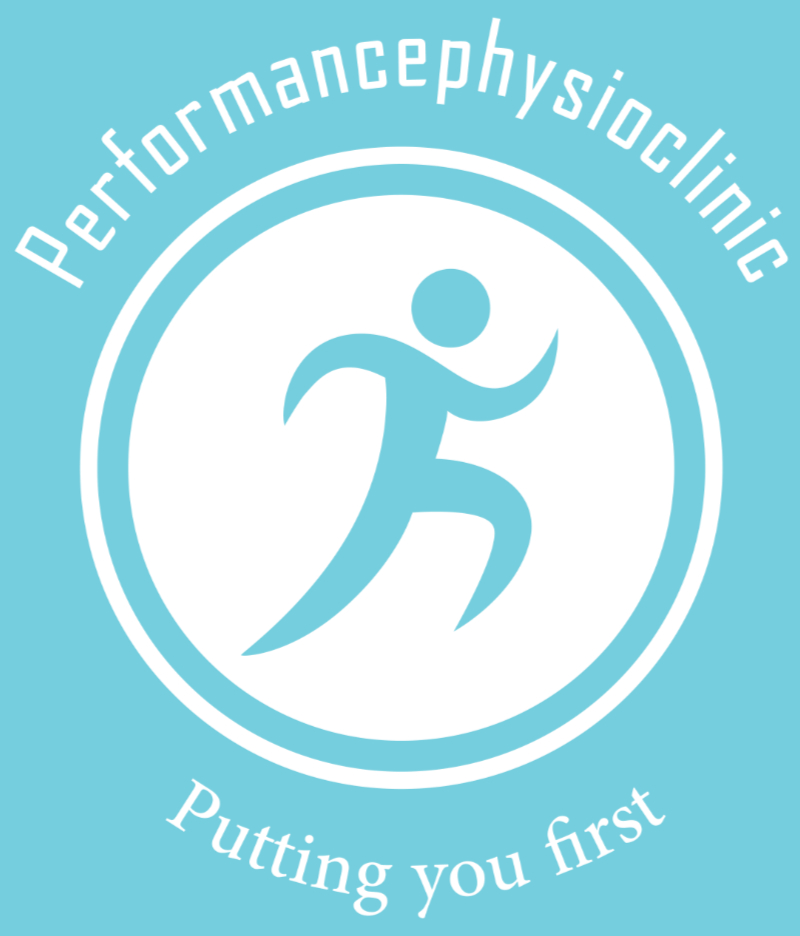We need to change how we think if our back hurts.
The most common musculoskeletal injury that we see in clinic is low back pain. But why is low back pain still such a burden on society? You would think with the continuous advances of modern medicine that we would have developed cure.
This blog is the first in a two part series that is going to address some of the key issues that surround the successful treatment and management of low back pain. The fundamental aspect of successfully treating low back pain is education. I hope with the help of this two part blog you will be armed with more information which will help you understand more about low back pain. Below is some of the common questions I get asked by patients and students.
How common is back pain?
Back pain is exceptionally common. In fact, to not experience back pain at some point of your life would be thoroughly abnormal.
Experiencing back pain is like becoming tired or becoming sad; we don’t necessarily like it, but it’s perfectly common.
What isn’t common, however, is that you don’t recover from back pain. A very small proportion of people experience back pain that either never goes away or it comes back so frequently or so commonly that it has a big impact on their life.
For example, sometimes people wonder “How do I prevent getting back pain?” It’s almost something that’s not worth trying to think about because you and I will both get back pain at some point in our lives. I’m fine with that, as long as it’s for a day or two and it still allows me to live a normal life.
The more important question is “How do I prevent my back pain lasting?” That’s a tricky question.
Can you get back pain at any age?
It’s very rare for people to get back pain before the age of about 12 or 13. But the rate of back pain increases quite a lot during the teenage years. It increases persistently then through until the midlife. But then when you get to being beyond 50, back pain actually reduces slightly. We see the peak onset of back pain being among teenagers and then increasing into adult life. But it is not, for example, a disease or condition of old people exclusively.
Why is back pain one of the most costly conditions to diagnose and treat?
We’ve probably treated back pain for too long as being an injury of tissues. For example, when somebody hurts their back and goes to see their doctor or physiotherapist, they commonly get asked “How did you injure it?”
When you have persistent back pain, we’re not dealing any longer with a tissue injury – we’re dealing with pain.
An example I would give is you’ve probably had a headache yourself. Would you say that you’ve always injured your head when you’ve gotten those headaches? I would say probably not.
We’re quite comfortable with the idea that we can have abdominal pain or head pain without injury. But we have an assumption that back pain is always caused by and proportional to injury. Of course, that’s common because it often starts as an injury.
But what we know at this stage is that even if you look at things like whiplash or hurting your back while lifting at work, we know that it might be triggered initially by an injury. But the thing that stops you from getting better is not how badly injured the tissues are.
We’ve spent decades becoming obsessed with the idea that “If I just get the right diagnostic test or scan or assessment, I’ll find out which tissue is injured, be it a disk, ligament, or bone. Then I can just cut it out or rub the pain away.”
Unfortunately, what this has led to is more scans, more physiotherapy, more surgery, more medical interventions, and yet our outcomes are very poor.
If we compare ourselves to our colleagues who work in, for example, breast cancer care, we’re not giving the taxpayer the same value for money.
For example, the chances of somebody being disabled because of cardiovascular disease or breast cancer nowadays is thankfully much less. However, the likelihood of being disabled because of something like back pain has increased.
It’s not because back pain has become more common. It looks like it’s more so because we have ways of frightening people that are unhelpful.
For example, when you go for a back MRI, it is very rare for it to not show something. We used to think these things were always important, but it now looks like the things we see on MRI scans are a lot like finding some baldness on the top of your head or some wrinkles on the side of your eyes, that they are themselves not dangerous.
So, the pain is there and the pain is no fun, but it doesn’t look like it’s always very closely related to these scary things we see on MRI scans and so on.
What type of treatments have been used in recent decades for the management of persistent back pain and how successful have they been?
If we look at the most common treatments over the last few decades, they tended to be one-dimensional and tried to fix one thing.
For example, there was an injection to numb or reduce inflammation around the nerve, or a physiotherapist might rub or crack something in your back, or a GP would give you drugs, or a psychologist would give you some cognitive behavioral therapy. Most of these things haven’t really been very good, they haven’t achieved good results and this was something which I was seeing on a daily basis in clinc
For example, they might have helped your pain and disability a little bit, and if I look particularly at the medical interventions that physiotherapists and doctors have used, they really have treated the back and not the person. So, we rubbed and stretched it, cracked it, injected it, cut it, but it hasn’t really done an awful to reduce the amount of pain that patients are reporting.
In fact, what caused some people like me in my profession to get insecure is that many of the studies are showing that actually more treatment from physiotherapists, chiropractors, and more MRI scans, rather than being helpful, might actually be adding to people’s disability because we can make people more frightened that they have a serious problem. People are starting to become fearful of moving, fearing the worst possible outcomes. So rather than helping patients in a strange way we actually be making them worse.
There are times when more treatment is good, but, in the last few decades, these one-dimensional approaches, where we’ve given everybody exercise or everybody medication and not treated other aspects of their problem, haven’t really been effective. There is evidence that some people are better off without too much treatment.
But equally, there’s evidence that some people, because they have a very complex problem, need an awful lot of support. But that support probably needs to be individualized to what they actually need themselves and it has to cover physical factors as well as some important lifestyle and psychological factors.
Why do you think these treatments have only had marginal success?
It’s not that these treatments are necessarily bad, but they generally tend to look at one thing. So, if you come in with back pain and your back pain is related to being overweight, being stressed, having poor fitness, poor flexibility and those kind of things, doing a one-dimensional thing like strengthening your back muscles or going on a diet on its own isn’t going to fix all the components.
Obviously we do need to look at the back muscles and at all the parts locally in the back, but also we need to look at the health of a person as a whole – their sleep, their stress, their fears, and as well, come back to what they think is wrong with their back; trying to identify what it is for that particular person.
For example, if the person is underweight, asking them to lose weight just plainly doesn’t make any sense. But for some people it might be important. If the person doesn’t have any stress in their life and is sleeping perfectly well, that wouldn’t be where we’d focus our treatment, but for some people that’s critically important.
Second part of this blog to follow next week.
Best wishes,
Niall Burns BSC; MSC; MCSP;
Clinica
